Chögyam Trungpa Rinpoche was born in 1939 and died in 1987. He started the Shambhala Buddhist community and is well known for his book, Cutting Through Spiritual Materialism. In another book, The Teacup & the Skullcup:Chogyam Trungpa on Zen and Tantraa, he talks about the meditation practices of Zen and Tantra.
The meditation practices of Zen and Tantra have both become very interesting to Western Buddhists. Zen is famous for shikantaza or just sitting. One obtains enlightenment by just sitting!
Consider the redwood trees in Muir Woods National Monument. Many of the trees there have been just sitting for hundreds of years. They blow with the wind. They suck up moisture from the ground and from the air. They grow very tall to greet the sun. They spread out their branches and generously give back oxygen to the atmosphere.
What wonderful things these redwood trees are.
When we sit quietly, doing nothing, we are practicing like the redwood trees!
Tantra is another story! Developing the intellect is of prime importance. All monks and nuns are required to debate spiritual issues with their teachers and each other.
Meditation Practices of Zen and Tantra
We are going to examine the different conclusions of Zen and Tantra. If we begin to discuss the
two approaches, we will be lost. If we take a glimpse at the conclusions, we might have something more concrete. The reason is that all of us are more or less thoroughly involved in, or at least interested in, the practice of meditation.
At this stage in the Buddhist development of America, both Zen and Tantra have become extraordinarily seductive. In comparing the two, we are not talking about competition between them or which is best. Instead, we are looking at the landmarks that have developed in the Zen tradition, as well as the landmarks of the Tantric tradition. Although we are mainly talking about different landmarks, we still cannot dismiss the gradual, linear process in which the teachings were presented by the Buddha. We cannot dismiss the turning of the dharma wheel of the sutra teachings of the Hinayana and Mahayana and of the teachings of both lower and higher tantras. We still have to go through that linear approach.
First comes Zen. In the Zen tradition, the basis of life or the basis of discipline is accuracy. We could quite safely say that: It is accuracy. To a certain extent, it is the accuracy of black and white. That is the paramita of meditation: dhyana practice, Zen practice, or Ch’an. In the Zen tradition, there is no gray, nor is there yellow, red, green, or blue: it is black and white. The very nature of black and white brings a student of Zen into a highly disciplined place, without any escape. A practitioner of Zen or Ch’an has been cornered by the choicelessness and also cornered by the lack of entertainment. So we could say that Zen is a practitioner’s lineage, and a Zen student is a traditional practitioner in the Mahayana school of discipline, the highest one of all.
Another branch of the Mahayana school, which developed in Tibet, can be seen in the Gelugpa tradition. In India, the Nalanda and Vikramashila Universities developed a school of logic in which, instead of doing pure sitting practice, you replace the sitting by the practice of sharpening your intellect. This demands that the basic sophistication of intelligence is raised up to the highest point, as much as one can, to the point of limitlessness. At that point, ordinary logical conclusions and logical debates become meaningless, and one develops higher thinking—the epitome of the highest way of relating with the reasoning mind.
Tricycle.com posted an excerpt from the book here.
Having been a Zen student in the Soto tradition many years ago, I do not totally agree with his treatment of Zen in the excerpt. He compared Zen practice to being in a prison:
In an ordinary situation of laziness, if you are in prison or an ordinary concentration camp or something like that, that dynamic doesn’t take place, because your attitude is entirely different. You are not seeking enlightenment; you are just trying to get through the time. In this case, being in such an institution may physically seem equal to being in prison or a very skillfully organized torture chamber. Nevertheless, there is that faint smile—the big joke quality, the morning star quality—taking place all the time, which provides comic relief. There are little glimpses, little crumbs of light-handedness in the midst of the enormous black robes, black zafus, and black heavy-handed environment that goes on in Zen.
In comparing the meditation practices of Zen and Tantra, I think Rimpoche was a little off base when he said a lot of what is in the article. Zen is a much freer practice than he talks about, especially in the West.
My teacher, Zen Master Thich Nhat Hanh, is known for his humor and love of children. These two aspects, alone, signify a radical departure from Rimpoche’s ideas about Zen.
Unfortunately, the excerpt did not do justice to Tantra and I have not
read the book. Thus, there isn’t much of a basis for me to continue to compare the two.
Please read the excerpt and tell me what you think. Do you agree with Chögyam Trungpa Rimpoche? Do you agree with me? Do you have your own opinion?
Write your opinion below and share with your friends.
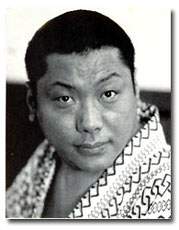
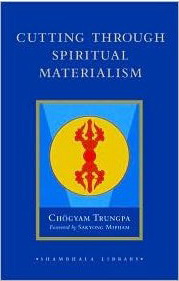
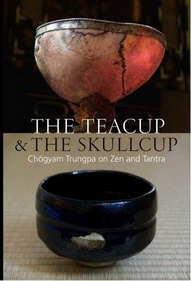


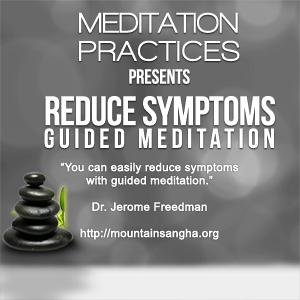
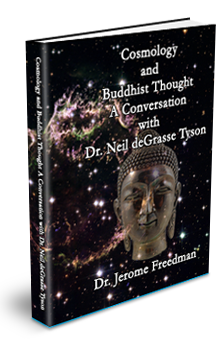
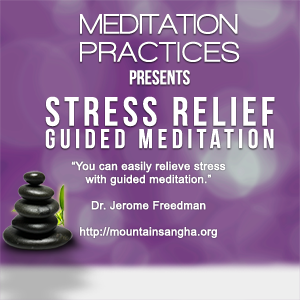

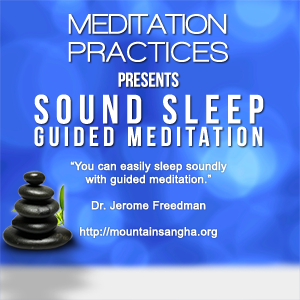
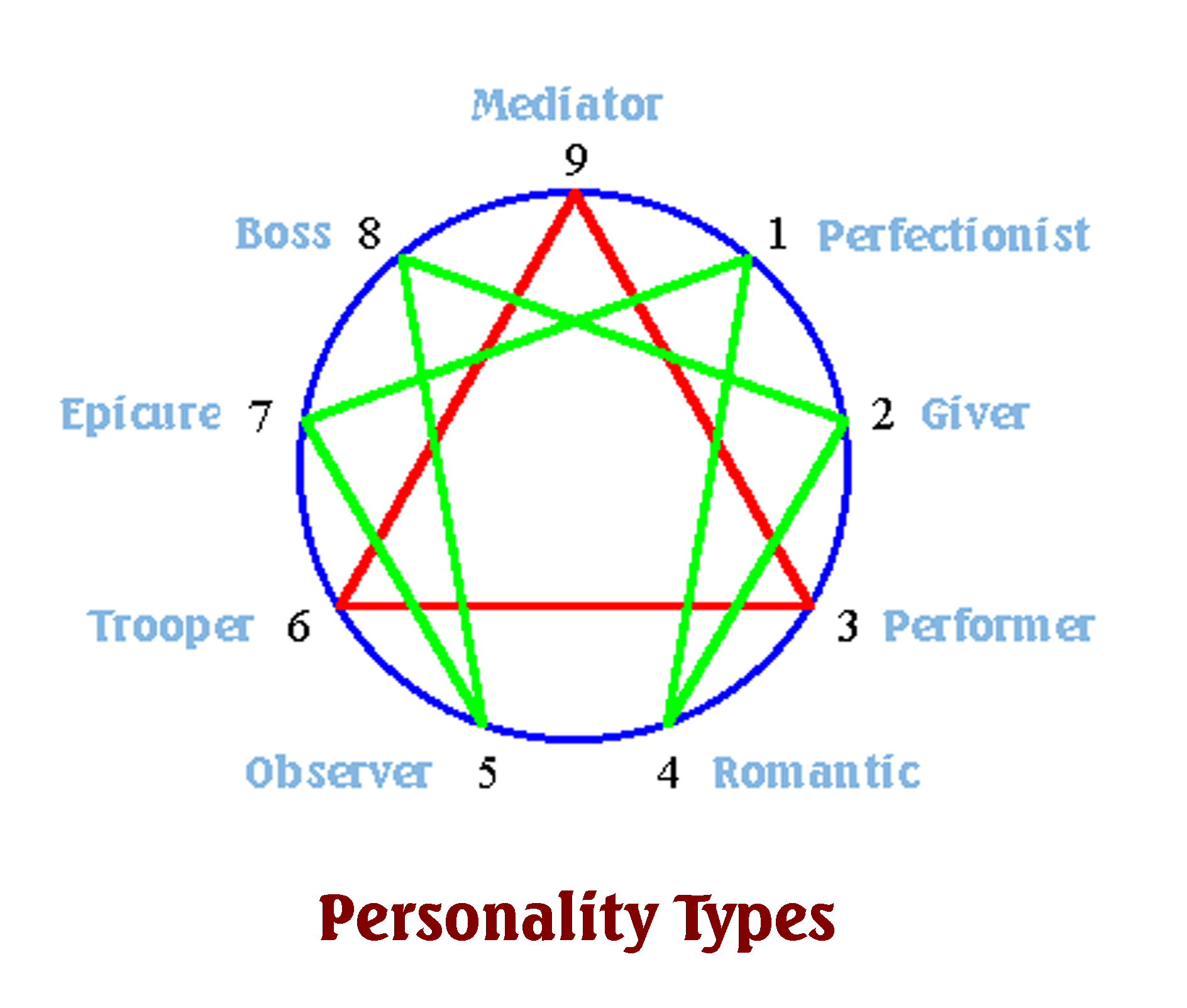
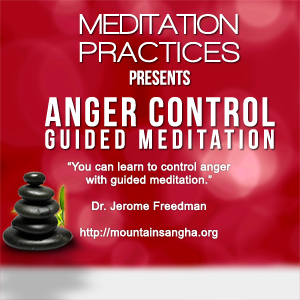




You must be logged in to post a comment.